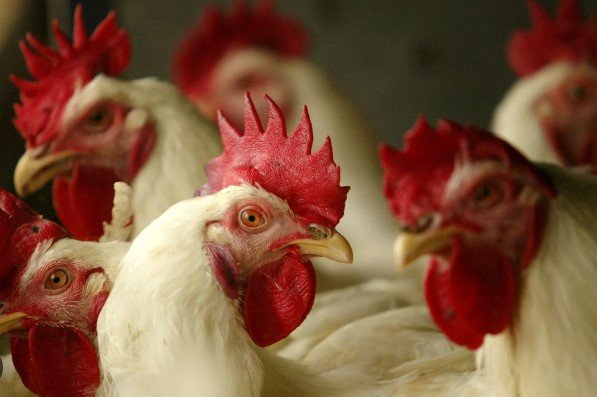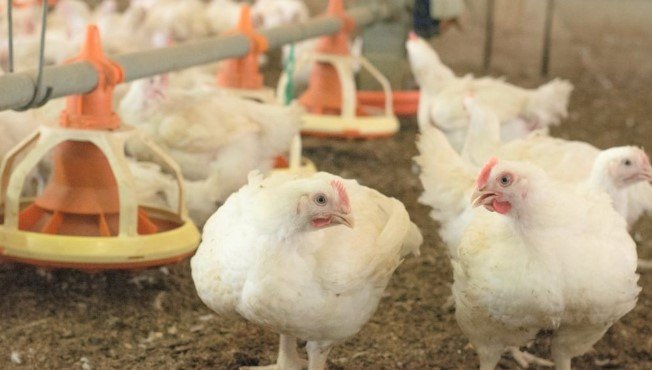A Pullet Is a Female

A Pullet Is a Female, defined as a young female chicken typically under one year of age, plays a pivotal role in poultry management and production. Understanding the distinctions between pullets and their male counterparts is not merely an academic exercise; it has practical implications for flock dynamics and productivity. Moreover, the unique needs of pullets during their growth phase warrant careful attention to ensure optimal development. What are the implications of these differences for sustainable farming practices? Exploring this question reveals deeper insights into poultry management strategies.
Read also: Comprehensive Real Estate Services Tailored to You
Definition of A Pullet Is a Female
A Pullet Is a Female is defined as a young female chicken, typically under one year of age, that has not yet begun to lay eggs.
Effective pullet care is crucial during this growth phase, as proper pullet nutrition ensures optimal health and development.
Providing a balanced diet rich in proteins and vitamins fosters strong growth, preparing pullets for their future role in egg production and promoting overall well-being.
Read also: Next-Generation Energy Sources: A Comprehensive Guide to Sustainable Power
Differences Between Pullets and Roosters
While pullets are young female chickens, roosters represent their male counterparts, and understanding the distinct characteristics of each is vital for poultry management.
Pullet behavior typically includes gentleness and social integration, while rooster characteristics often showcase assertiveness and territoriality.
These differences influence flock dynamics and management strategies, making it essential for poultry enthusiasts to recognize and appreciate the unique roles each gender plays.

Importance of Identifying Pullets
Identifying A Pullet Is a Female is crucial for effective flock management, as it enables poultry farmers to optimize breeding, egg production, and overall animal welfare.
Understanding pullet behavior allows for better monitoring of health and productivity, while tailored pullet care ensures optimal growth and development.
This identification fosters informed decision-making, ultimately enhancing the sustainability and efficiency of poultry operations, contributing to both economic and ethical farming practices.
Conclusion
In summary, the identification of A Pullet Is a Female holds significant implications for effective flock management.
Their gentle and social behavior contrasts sharply with the assertiveness of roosters, underscoring the necessity of proper care and nutrition during their formative growth phase.
As these young females approach maturity, the question remains: will they fulfill their potential as productive layers, or will their needs be overlooked?
The future of any poultry operation may hinge on the careful attention given to these crucial young birds.





